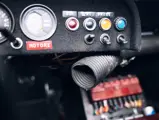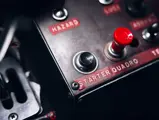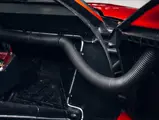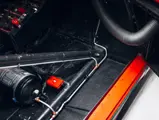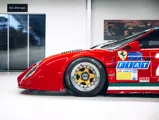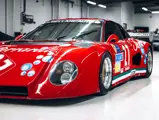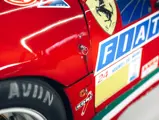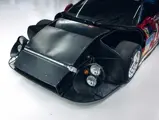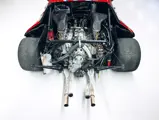
1981 Ferrari 512 BB/LM
{{lr.item.text}}
{{bidding.lot.reserveStatusFormatted}}
- One of just 25 Ferrari 512 BB/LMs constructed; believed to be one of 16 examples of the Series 3 chassis built
- Delivered new to prominent Ferrari collector Fabrizio Violati’s Scuderia Supercar Bellancauto concern
- Uniquely fitted with distinctive aerodynamic bodywork designed by Armando Palanca
- Contested the 1981 and 1984 editions of the 24 Hours of Le Mans
- GTX Class winner at the Monza 1000 km and 6 Hours of Pergusa in 1981, with a further class win in the 1982 Mugello 1000 km
- Retained by the Violati family until 2014, with just two private owners since
- Ferrari Classiche certified, verifying its matching-numbers engine
- Ideally suited to numerous Historic racing events, including Le Mans Classic and the Monterey Motorsports Reunion
- L’une des 25 Ferrari 512 BB/LM construites, a priori l’un des 16 exemplaires dotés d’un châssis Série 3
- Livrée neuve à la Scuderia Supercar Bellancauto appartenant au célèbre collectionneur de Ferrari Fabrizio Violati
- Carrosserie aérodynamique unique conçue par Armando Palanca
- Participa aux éditions 1981 et 1984 des 24 heures du Mans
- Victorieuse de la classe GTX aux 1 000 km de Monza et aux 6 heures de Pergusa en 1981, puis victorieuse dans la même catégorie aux 1 000 km du Mugello en 1982
- Conservée par la famille Violati jusqu’en 2014 et détenue par seulement deux propriétaires privés depuis
- Certifiée Ferrari Classiche, moteur à numéros concordants
- Parfaitement adaptée à de nombreuses courses de véhicules historiques, y compris Le Mans Classic et la Monterey Motorsports Reunion
One of just 16 third-series 512 BB/LMs constructed by Ferrari’s Assistenza Clienti division, chassis 35529 was originally purchased by Rome-based mineral water magnate Fabrizio Violati in January 1981. Violati’s association with Ferrari stretched back as far as 1965—with his acquisition of the ex-Jo Schlesser 250 GTO—and over the ensuing three decades he would form arguably the finest collection of roadgoing and competition Ferraris anywhere in the world.
Following delivery to Violati’s Scuderia Supercar Bellancauto concern, the race preparation of 35529 was undertaken in conjunction with former Maserati, Scuderia Centro-Sud, and Ferrari mechanic Giulio Borsari, and legendary aeronautical engineer Armando Palanca. A veteran of Fiat’s Schneider Trophy campaigns of the 1930s, the latter was tasked with improving chassis 35529’s aerodynamic efficiency. His resulting design, the sketches and notes for which accompany the car, exhibited both a longer nose and a lower rear “clip” than other BB/LMs, so much so that it was dubbed the “512 BBB”—Berlinetta Bialbero Bellancauto.
Resplendent in its all-red livery, chassis 35529 made its race debut in the 1981 Monza 1000 km, in which it was driven by former Alfa Romeo Works driver Spartaco Dini, Mauricio Flammini, and Violati himself. Ranged against the likes of Derek Bell, Riccardo Patrese, Eddie Cheever, and Guy Edwards, the trio qualified 16th; eventually finishing 15th overall and 1st in the GTX class.
The car’s next outing was on the biggest of all sportscar stages: Le Mans. The 1981 edition of the famous 24-hour race included a nine-car GTX class contingent—including four other 512 BBLMs—yet Violati, Flammini, and Duilio Truffo qualified a fine 34th overall, emerging as the second-fastest Ferrari. However, such promise proved ill-founded, with the car retiring with electrical issues after 15 hours. Just two weeks later, chassis 35529 was entered in the 6 Hours of Enna in Sicily where, aided by a somewhat lacklustre entry, Violati and Truffo finished a creditable 5th overall and 1st in GTX.
More than a year passed before the car’s next outing at the Mugello 1000 km in September 1982. As round six of the newly formed World Endurance Championship, the race entry included three Works-entered Lancia LC1s driven by the likes of Patrese, Nannini, and Alboreto, and a Joest-entered Porsche 936C for Henri Pescarolo and Bob Wollek. Despite such stiff opposition, Violati and Truffo put in a stirring drive to finish 10th overall, once again securing GTX class honours.
Bellancauto returned to Le Mans with chassis 35529 in 1984; its driver line-up consisting of Maurizio Micangeli, Roberto Marazzi, and Dominique Lacaud. Sporting sponsorship from Ferrarelle—Violati’s own, appropriately named mineral water brand—the car exhibited a noticeably more contemporary look, although the race once again ended in retirement with transmission failure after just six hours.
On 16 September 1984, Marco Micangeli, Maurizio Micangeli, and “Gero” piloted chassis 35529 in its final competitive event, the Imola 1000 Kilometres. As the final European round of that year’s World Endurance Championship, the race boasted some 10 Porsche 956s and four Lancia LC2s among its entry, which served to highlight the car’s creeping obsolescence. Despite qualifying a respectable 23rd, chassis 35529 retired from the race with engine failure after 91 laps; an ignominious end to this most valiant and patriotic of racing projects.
Following the conclusion of its racing career, chassis 35529 remained in the custody of Fabrizio Violati until his death in 2010, thereafter passing to his estate prior to its eventual sale in 2014. Throughout this time, it was displayed in the family’s remarkable Maranello Rosso Collection near Rimini, along with some 40 other Ferraris, including a 365 P2/3, 330P, 250 MM, and the fabled 250 GTO.
Boasting an enviably short and well-documented ownership history, chassis 35529 was acquired by the consigning owner in 2021, in whose custody it has benefitted from extensive yet sympathetic recommissioning by historic race preparation specialists Britec Motorsports of Unna, Germany between 2022 and 2024, at a cost in excess of €150,000. The work completed included a comprehensive chassis strip down and reassembly, bodywork and electrical repairs, an engine “top end” overhaul, and a gearbox rebuild. In addition, the opportunity was taken to renew the car’s clutch, fuel pumps and fuel lines, to overhaul its brake callipers, master cylinders, dampers, and wheel bearings, and to perform extensive crack-testing of the suspension and steering components in readiness for its long overdue return to the racetrack.
Uniquely configured, historically significant and with a compelling association with one of the most discerning of all Ferrari afficionados, chassis 35529 is impeccably presented, and is ideally suited to numerous high profile historic racing events, including the Le Mans Classic, Monterey Motorsports Reunion, and the Peter Auto-organised CER series.
L’un des 16 seuls châssis issus de la troisième série de 512 BB/LM construites par la division Assistenza Clienti de Ferrari, le châssis 35529 fut acquis à l’origine en janvier 1981 par Fabrizio Violati, magnat des eaux minérales installé à Rome. La collaboration entre ce dernier et Ferrari remonte à 1965, avec l’acquisition par Violati de l’ancienne 250 GT de Jo Schlesser. Au fil des trois décennies suivantes, Violati allait former celle que l’on peut incontestablement qualifier de collection la plus aboutie au monde de Ferrari taillées pour la route comme pour la compétition.
Suite à sa livraison à la Scuderia Supercar Bellancauto de Violati, la préparation à la course du châssis 35529 fut le fruit d’une collaboration entre le mécanicien de course Giulio Borsari (qui a travaillé avec Maserati, Scuderia Centro-Sud et Ferrari) et le légendaire ingénieur aéronautique Armando Palanca. Vétéran des campagnes de la Coupe Schneider de Fiat dans les années 1930, ce dernier se vit chargé d’améliorer l’efficacité aérodynamique du châssis 35529. Le design qu’il imagina, comme l’indiquent les schémas et les notes qui accompagnent le véhicule, affichait un nez allongé et un « clip » arrière plus bas que les autres modèles BB/LM, ce qui lui valut le surnom de « 512 BBB » — Berlinetta Bialbero Bellancauto.
Resplendissant dans sa livrée complètement rouge, le châssis 35529 fit ses débuts dans le monde de la course automobile en 1981, aux 1 000 km de Monza, entre les mains de l’ancien pilote Alfa Romeo Works Spartaco Dini, de Mauricio Flammini et de Violati lui-même. Aligné notamment face à Derek Bell, Riccardo Patrese, Eddie Cheever et Guy Edwards, le trio se qualifia en 16e position, termina 15e au classement général et 1er de la classe GTX.
La sortie suivante de la voiture se fit sur l’une des plus grandes scènes réservées aux voitures de course : Le Mans. L’édition 1981 de la célèbre course de 24 heures impliquait un contingent de neuf véhicules dans la classe GTX, dont quatre autres 512 BB/LM. Violati, Flammini et Duilio Truffo réussirent néanmoins à se qualifier à la 34e place au classement général, ce qui fit du modèle la 2e Ferrari la plus rapide engagée. Cependant, ses promesses se révélèrent vaines et la voiture dut abandonner en raison de problèmes électriques après 15 heures de course. Seulement deux semaines plus tard, le châssis 35529 participa aux 6 heures de Pergusa, en Sicile, où, aidés par des concurrents un peu ternes, Violati et Truffo réussirent à obtenir une incroyable 5e place au classement général et la 1re place de la classe GTX.
Plus d’une année s’écoula avant que la voiture ne participe à une nouvelle course, à savoir les 1 000 km du Mugello, en septembre 1982. Pour cette sixième manche du tout nouveau Championnat du monde d’endurance, la grille de départ regroupait trois Lancia LC1 présentées par Works et pilotées par Patrese, Nannini, Alboreto et consorts, ainsi qu’une Porsche 936C enrôlée par Joest et pilotée par Henri Pescarolo et Bob Wollek. Malgré cette rude concurrence, la conduite efficace de Violati et Truffo leur permit de terminer 10e au classement général et de remporter une fois de plus la classe GTX.
Après un hiatus de trois ans, Bellancauto revint au Mans avec le châssis 35529 en 1984, piloté par Maurizio Micangeli, Roberto Marazzi et Dominique Lacaud. Sponsorisée par Ferrarelle, la bien nommée marque d’eau minérale de Violati, la voiture arborait un look résolument plus contemporain. Hélas, elle dut une fois de plus abandonner en raison d’une défaillance de la transmission après six heures de course seulement.
Le 16 septembre 1984, Marco Micangeli, Maurizio Micangeli et « Gero » prirent le volant du châssis 35529 dans sa dernière compétition, les 1 000 kilomètres d’Imola. La dernière manche du Championnat du monde d’endurance de cette année-là alignait une dizaine de Porsche 956 et quatre Lancia LC2, ce qui contribua à confirmer l’obsolescence croissante de la voiture. Malgré sa qualification à une respectable 23e place, le châssis 35529 abandonna la course en raison d’une défaillance du moteur après 91 tours, fin ignominieuse à ce projet de course courageux et patriotique.
Une fois sa carrière de course terminée, le châssis 35529 demeura entre les mains de Fabrizio Violati jusqu’au décès de ce dernier, en 2010. Il intégra ensuite sa succession, avant d’être vendu en 2014. Pendant tout ce temps, il fut exposé parmi l’exceptionnelle Collection Maranello Rosso de la famille, près de Rimini, avec quelque 40 autres Ferrari, dont une 365 P2/3, une 330P, une 250 MM ou encore la légendaire 250 GTO.
Avec son impressionnant historique de propriété, court et particulièrement bien documenté, le châssis 35529 fut acquis en 2021 par le propriétaire vendeur, sous la houlette duquel il bénéficia d’une remise en état approfondie et bienvenue. Ces travaux furent réalisés par les spécialistes en préparation Britec Motorports d’Unna, en Allemagne, entre 2022 et 2024, pour un montant de plus de 150 000 €. Les travaux entrepris comprenaient un déshabillage et un remontage complets du châssis, des réparations de carrosserie et du système électrique, une révision supérieure du moteur et une restauration de la boîte de vitesses. En outre, cette occasion permit de remplacer l’embrayage, les pompes à carburant et les conduites de carburant de la voiture, de restaurer les étriers de frein, les maîtres-cylindres et les paliers de roue ainsi que de procéder à des essais extensifs pour détecter toute fissure éventuelle au niveau de la suspension et des composants de la direction afin de la préparer à son retour sur les circuits, qui n’avait que trop tardé. La voiture participa également au concours d’élégance Villa d’Este, en 2023 et 2024, et reçut le prix du jury au concours de Knokke-Heist.
Avec sa configuration unique, son importance historique et son association irréfutable avec l’un des afficionados de Ferrari les plus clairvoyants, le châssis 35529 est impeccablement présenté et particulièrement adapté aux nombreuses courses de véhicules historiques, notamment Le Mans Classic, la Monterey Motorsports Reunion ou encore les séries CER organisées par Peter Auto.

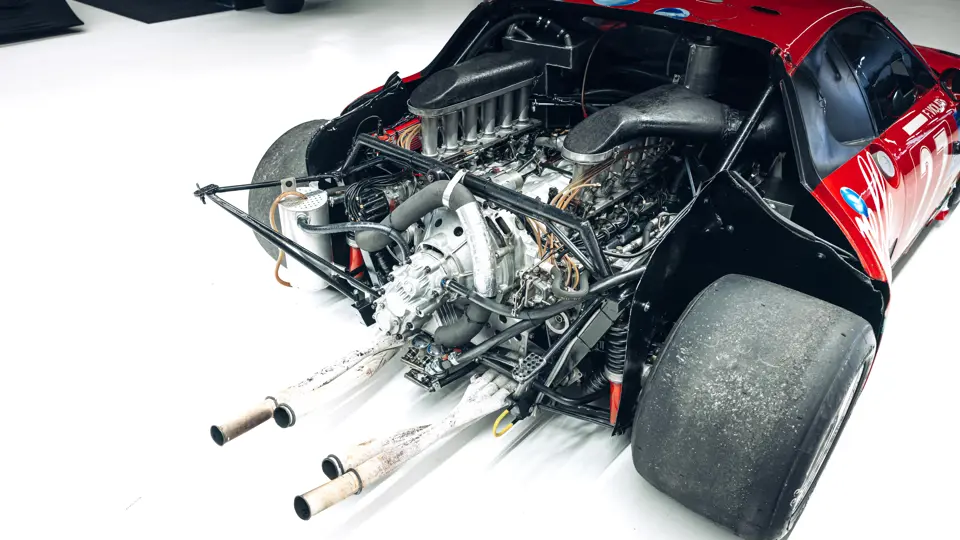






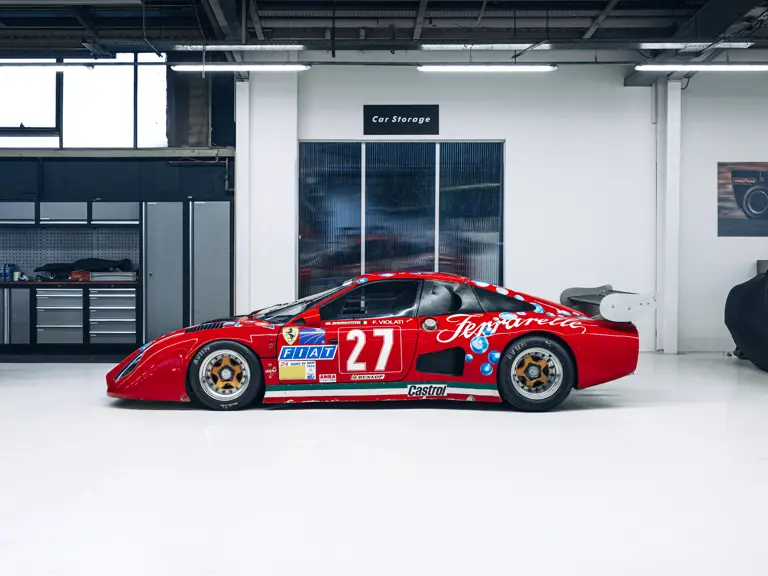

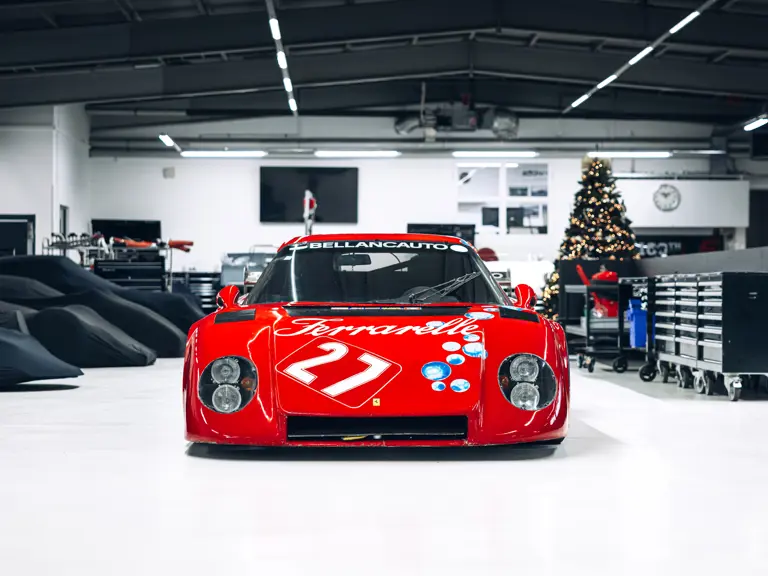

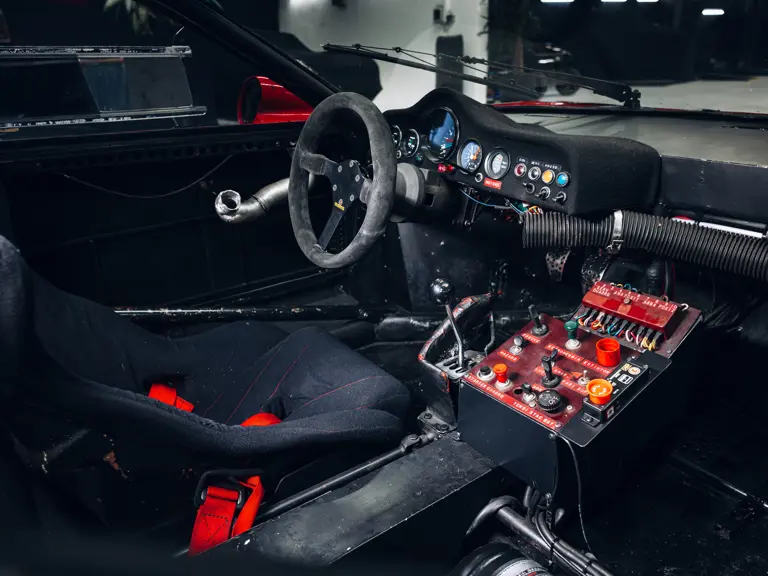














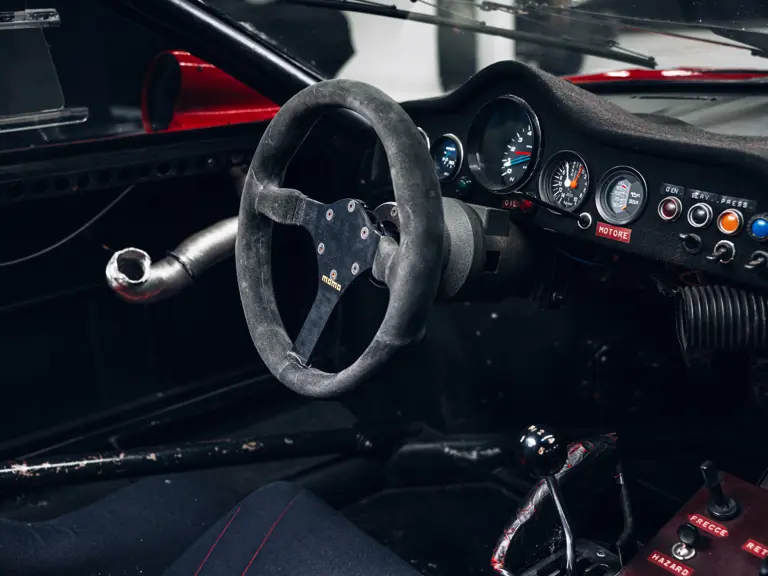








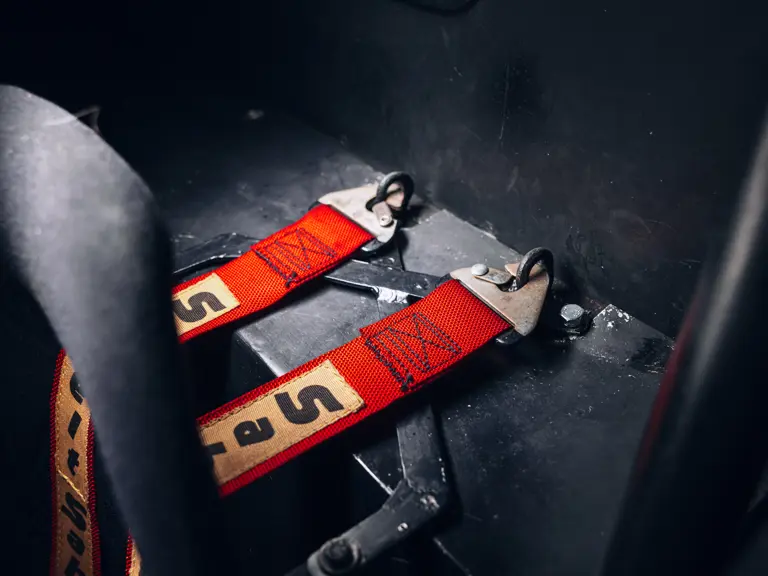







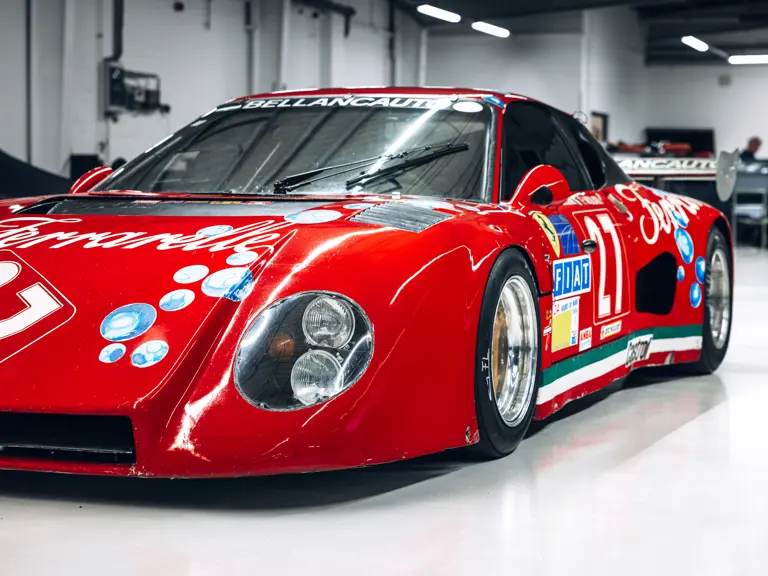

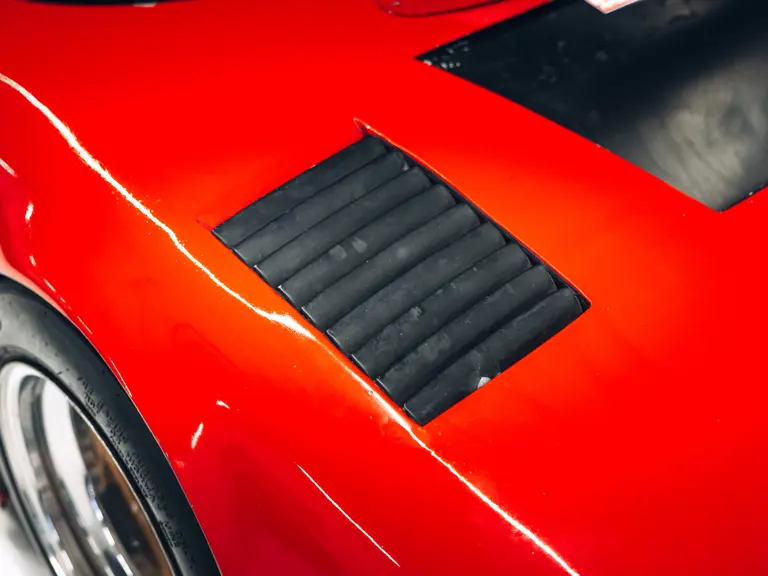

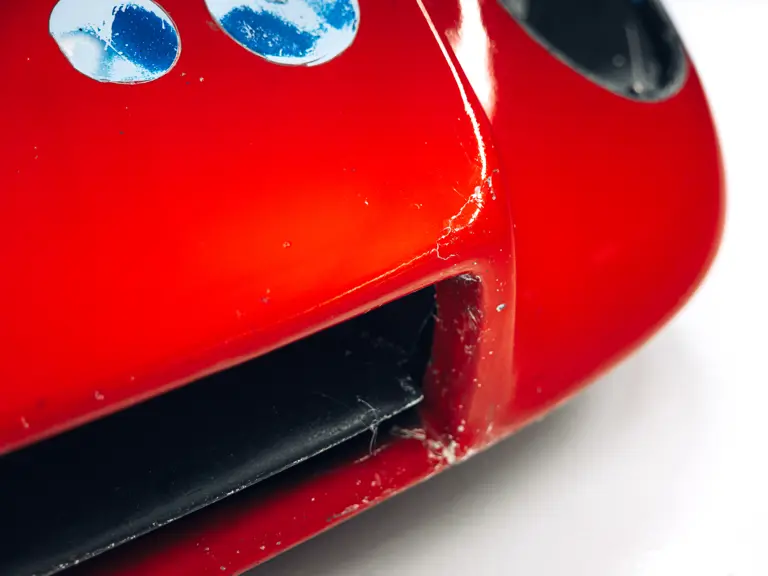









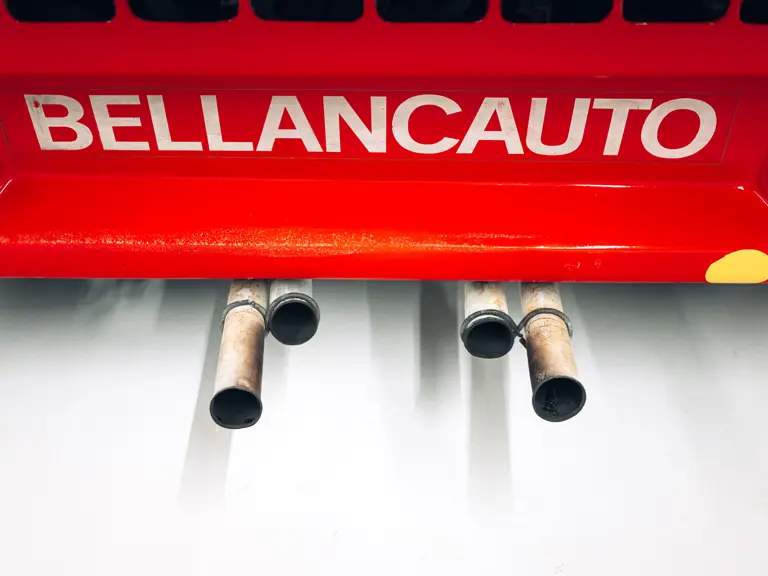

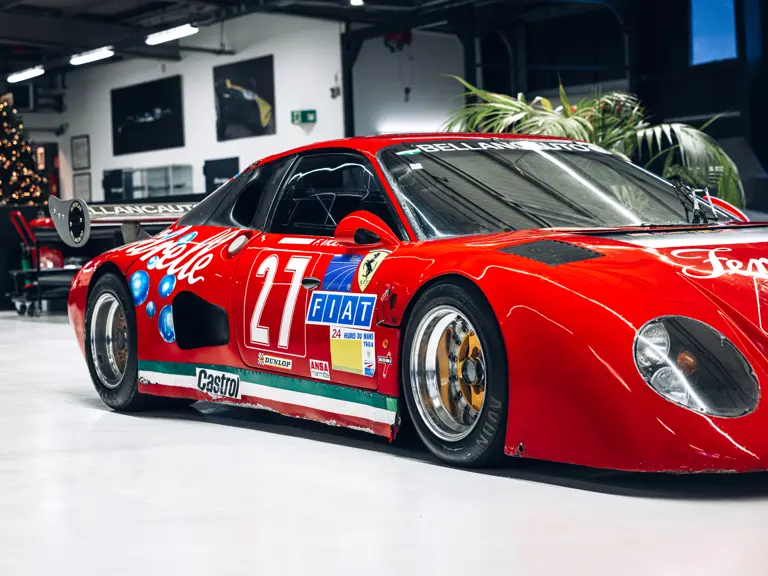
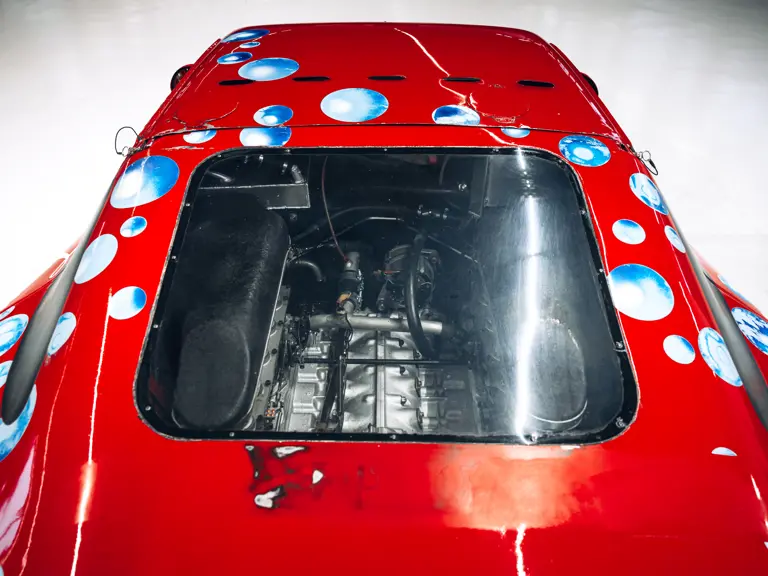




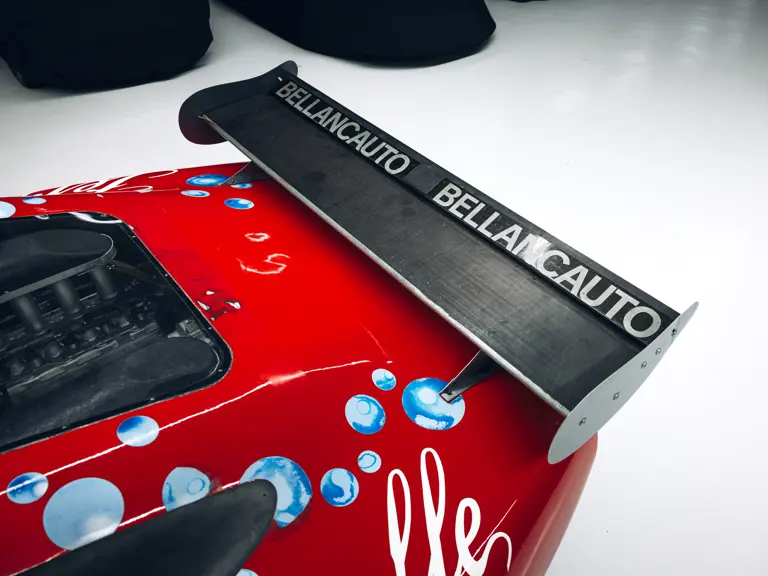








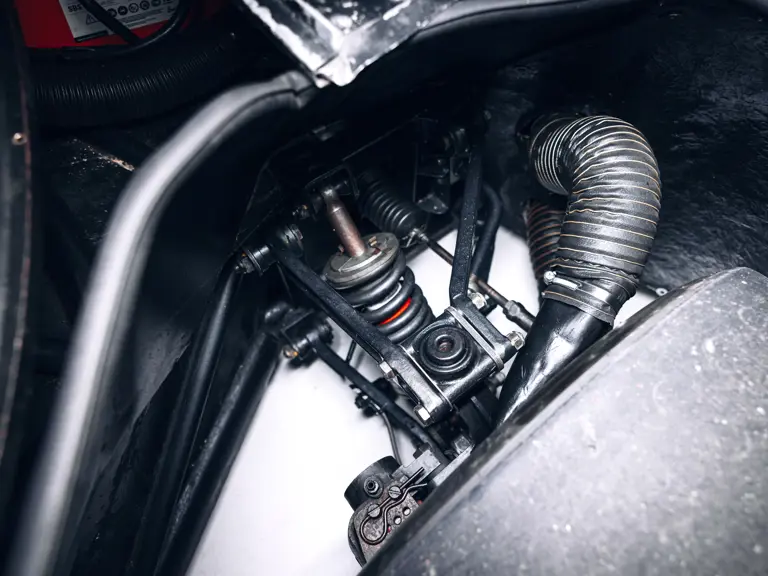






 | Paris, France
| Paris, France


















